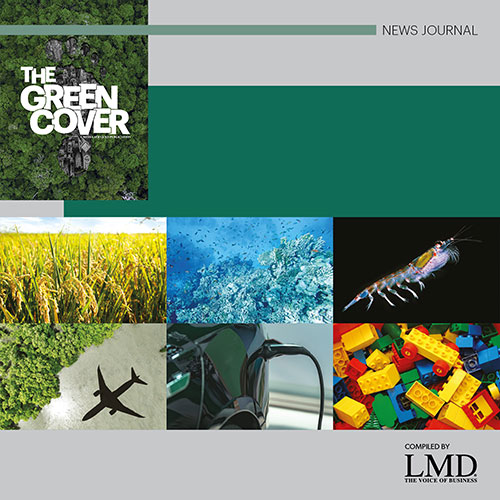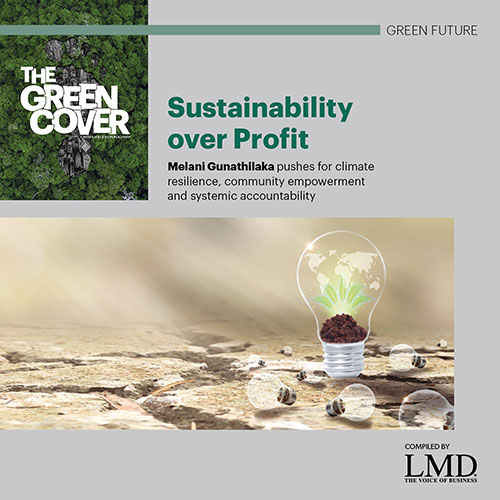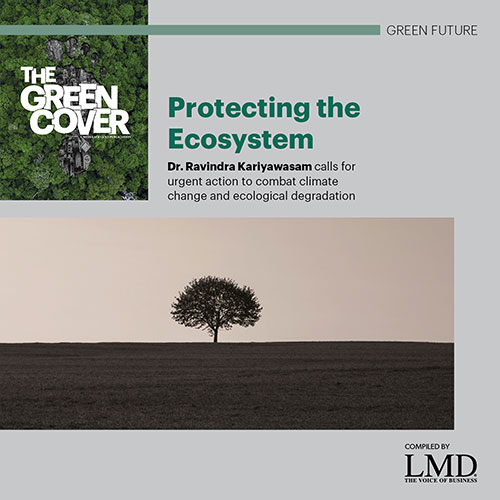NATIONAL ENVIRONMENTAL ROAD MAP
Sri Lanka’s Environmental Road Map
Dr. Shamen Vidanage explains Sri Lanka’s National Environmental Action Plan (NEAP) for the years 2022-2030

Country Representative – International Union for Conservation of Nature (IUCN), Sri Lanka Programme
Q: What are the objectives of Sri Lanka’s National Environmental Action Plan (NEAP) 2022-2030?
A: The main objective of NEAP 2022-2030 is to provide an overarching environmental planning framework for Sri Lanka in terms of achieving the Sustainable Development Goals (SDGs) by 2030, aligning with national environmental policy.
Specific objectives include guiding relevant sectors as presented in nine thematic and three crosscutting areas – with strategies and action plans for achieving the sustainable development of Sri Lanka.
Q: How does the plan address the most pressing environmental challenges facing the nation?
A: NEAP 2022-2030, being the pathway to sustainable development for Sri Lanka, provides strategies and action plans aligned with the National Environment Policy (NEP) of 2021 to address 21st century environmental challenges.
The most pressing challenges faced by Sri Lanka were identified and actions proposed in the consultative process followed in preparing NEAP 2022-2030.
And the NEP identified drawbacks in the implementation of previous versions of NEAP – such as inbuilt, explicit arrangements for strong implementation; monitoring resource mobilisation; and communications – to provide a practical plan of action.
NEAP entails nine thematic areas: Air Quality Management; Biodiversity Conservation and Sustainable Use; Climate Actions for Sustainability; Conservation and Sustainable Use of Coastal and Marine Resources; Sustainable Land Resources Management; Holistic Waste Management; Integrated Water Resources Management; Environmental Management in Cities; and Human Settlements and Greening Industries.
Three crosscutting areas in the NEAP are provided to facilitate successful delivery of the nine thematic areas. Crosscutting areas cover Implementation and Monitoring Arrangements for NEAP, Information and Knowledge Management for Green Growth, and Resource Mobilisation for NEAP Delivery.

Q: Does the action plan address issues of environmental justice and equity?
A: While these were addressed to the extent possible in the NEAP, there are provisions to review and update the action plan in 2025, whereby any missing aspects can be accommodated.
Furthermore, implementation and monitoring arrangements for NEAP accommodate a wider stakeholder network including civil society organisations and community-based bodies expecting to make representations on behalf of all including vulnerable communities.

Q: What potential synergies are there between various stakeholders to ensure effective implementation of the NEAP and achieve its objectives?
A: One of the unique features in the current NEAP is very clear implementation and monitoring modality at national, provincial and district levels with the Ministry of Environment’s leadership.
Integrating the NEAP’s initiatives into individual action plans is expected at national and sub-national entities of the state, international agencies, NGOs and the private sector to meet Sri Lanka’s sustainable development objectives, and ensure effective implementation of the NEAP.





